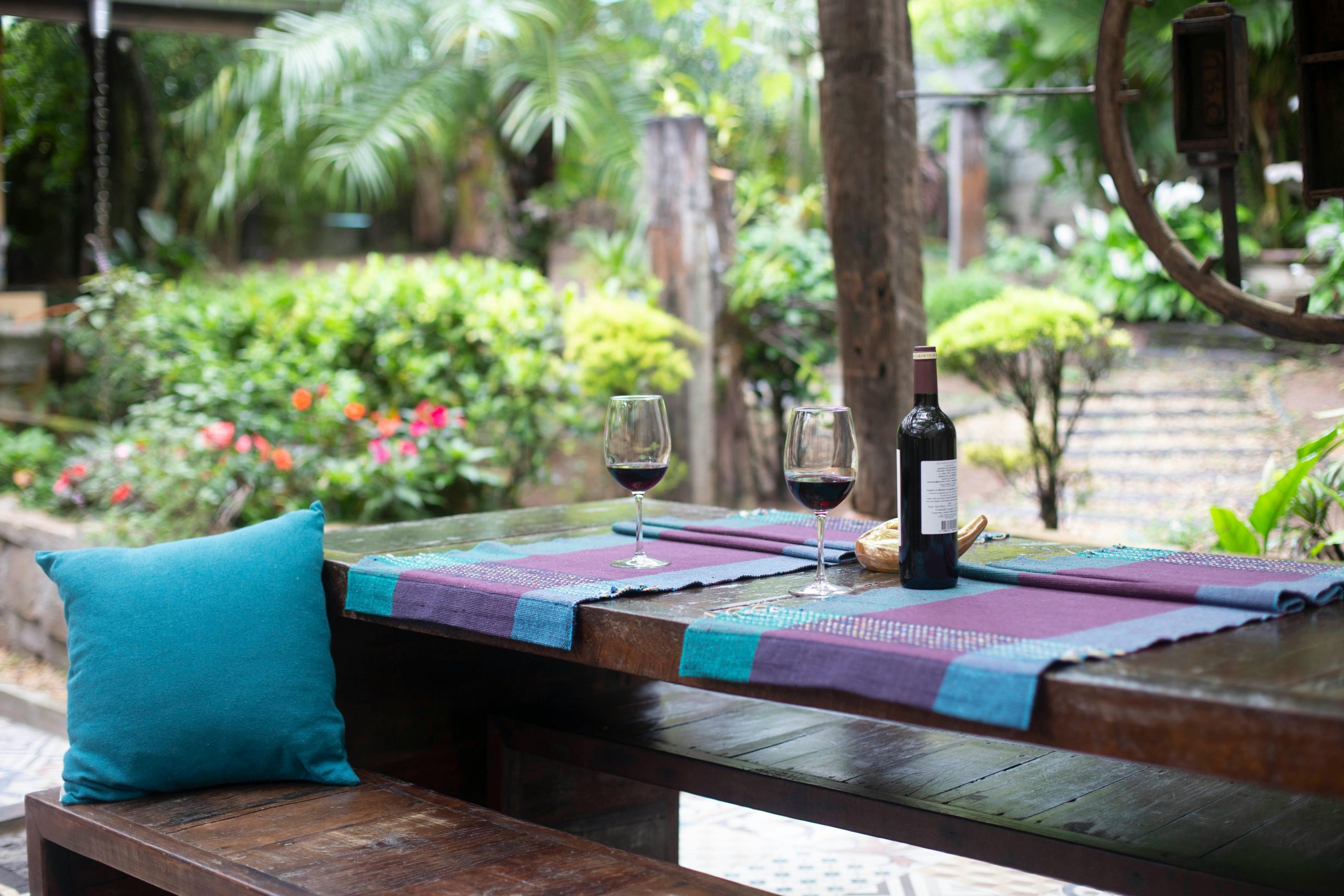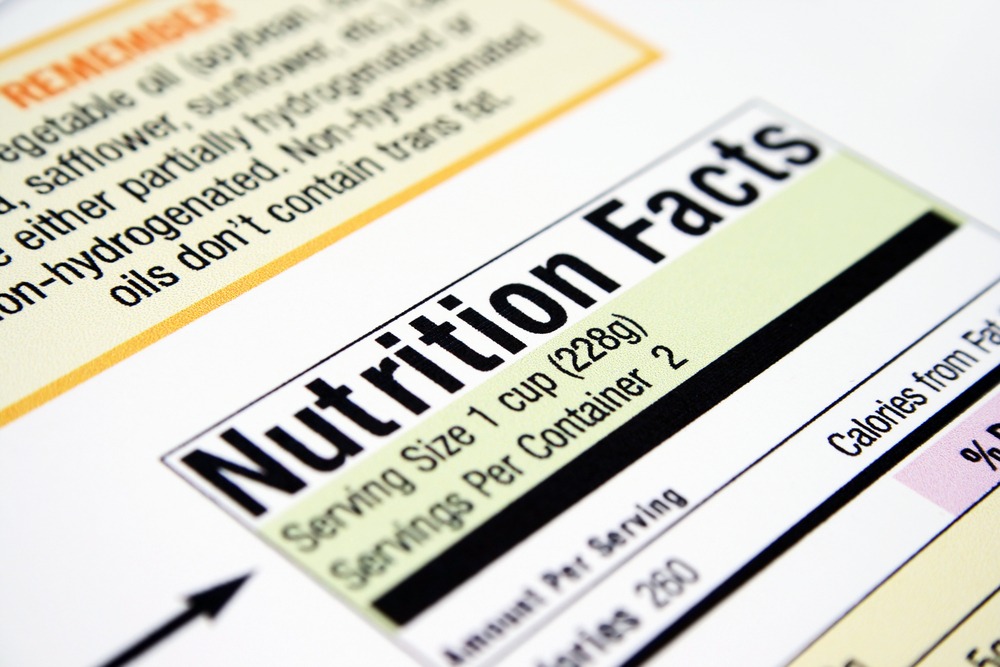What No One Tells You About Designing a Low-Maintenance Backyard

Low-maintenance backyards sound like the dream — and they can be. But if you’ve ever tried to build one from scratch, you’ll know there’s more to it than just “plant less” or “use fake grass.” Creating a space that looks good, feels relaxing, and doesn’t eat up your weekends takes smart planning and the right materials from the start.
For example, some homeowners are now swapping high-maintenance tiles and decking for limestone paving — a material that not only adds a refined finish but also stands up to weather and time with minimal upkeep. But paving is just one piece of the puzzle.
Here’s what people don’t always tell you about designing a backyard that stays beautiful — without constant effort.
1. It Starts With the Right Layout
A good layout does more than look nice. It affects how much time you’ll spend maintaining your yard week after week.
Here’s what helps:
- Group similar plants together so watering and care are easier
- Create defined zones for entertaining, relaxing, and greenery
- Use curves or straight lines — but not both. Too many angles or awkward spaces become weed traps or mowing headaches
Design with simplicity in mind. Fewer but larger elements usually mean less to clean, trim, or water.
2. Rethink the Lawn
Grass looks great in photos, but in practice? It often demands the most work. Mowing, edging, fertilising — it adds up fast.
Low-maintenance alternatives include:
- Artificial turf (great for pets and play)
- Ground covers like creeping thyme or mondo grass
- Gravel or crushed stone with potted plants for greenery without growth
If you love having some lawn, reduce the size and choose drought-tolerant varieties suited to your climate.
3. Choose Plants With Staying Power
The best backyard plants are the ones that thrive on their own. Native species are often the easiest choice — they’re built to survive your region’s rainfall, temperature swings, and pests.
Look for:
- Evergreen shrubs (no leaf drop cleanup)
- Hardy succulents
- Perennials that return year after year
- Plants that need little or no pruning
Pro tip: Avoid anything described as “fast-growing” — it usually means “high-maintenance” later.
4. Invest in Hardscaping That Does the Work for You
Low-maintenance yards rely heavily on good hardscaping — the built elements that don’t grow, break, or need replacing often.
Think:
- Paths and patios
- Raised garden beds
- Edging and retaining walls
- Outdoor seating or pergolas
Materials like natural stone, composite decking, and powder-coated metal age well and need little attention. A well-placed paved area can also cut down on the space you’d otherwise fill with plants or lawn.
5. Be Strategic With Shade
Adding trees or structures for shade not only makes your backyard more comfortable — it also reduces how often you need to water or replace sun-damaged plants and surfaces.
Options include:
- Shade sails or umbrellas (easy to install)
- Pergolas with climbing vines
- Deciduous trees that let winter sun in but block summer heat
Even just shading your seating area can dramatically increase how much you use your yard — without adding more work.
6. Keep Irrigation Simple
Automated watering might sound like a luxury, but it’s actually one of the smartest upgrades for a low-maintenance yard. Drip systems or smart sprinklers save time and water — and they can be programmed to match the needs of each garden zone.
If irrigation isn’t in the budget yet, group thirsty plants together so you’re not hauling a hose all over the yard.
7. Skip the Trends. Stick With Timeless
Trendy elements — like bold colour blocks or intricate garden sculptures — can look amazing in design magazines. But if they’re not part of your personal style, you’ll tire of them fast and feel pressure to update or redo your space.
Instead, stick with neutral tones, natural textures, and simple layouts. These age well, work across seasons, and never go out of style.
A truly low-maintenance backyard isn’t just about reducing effort — it’s about designing smarter. By choosing durable materials, simplifying your layout, and selecting plants that thrive with minimal care, you create a space that feels good year-round — and doesn’t take up your weekends.
The best part? Once it’s done, you get to enjoy the space — instead of managing it. And isn’t that the whole point?




